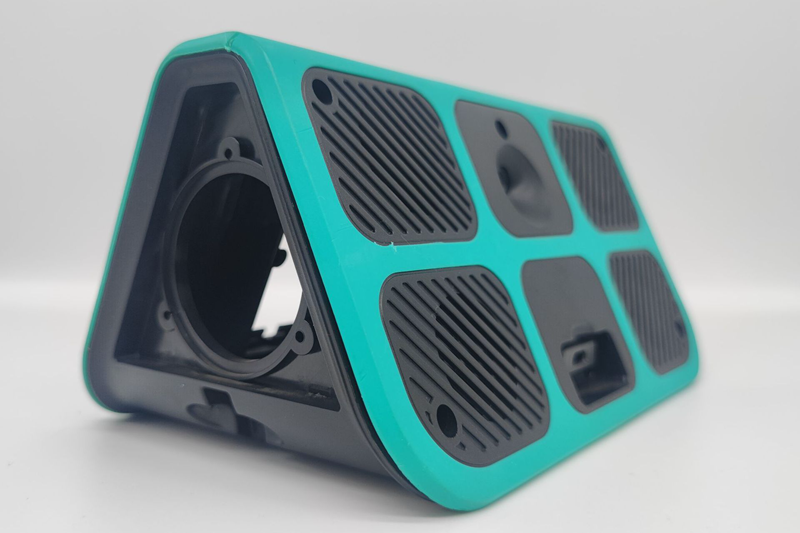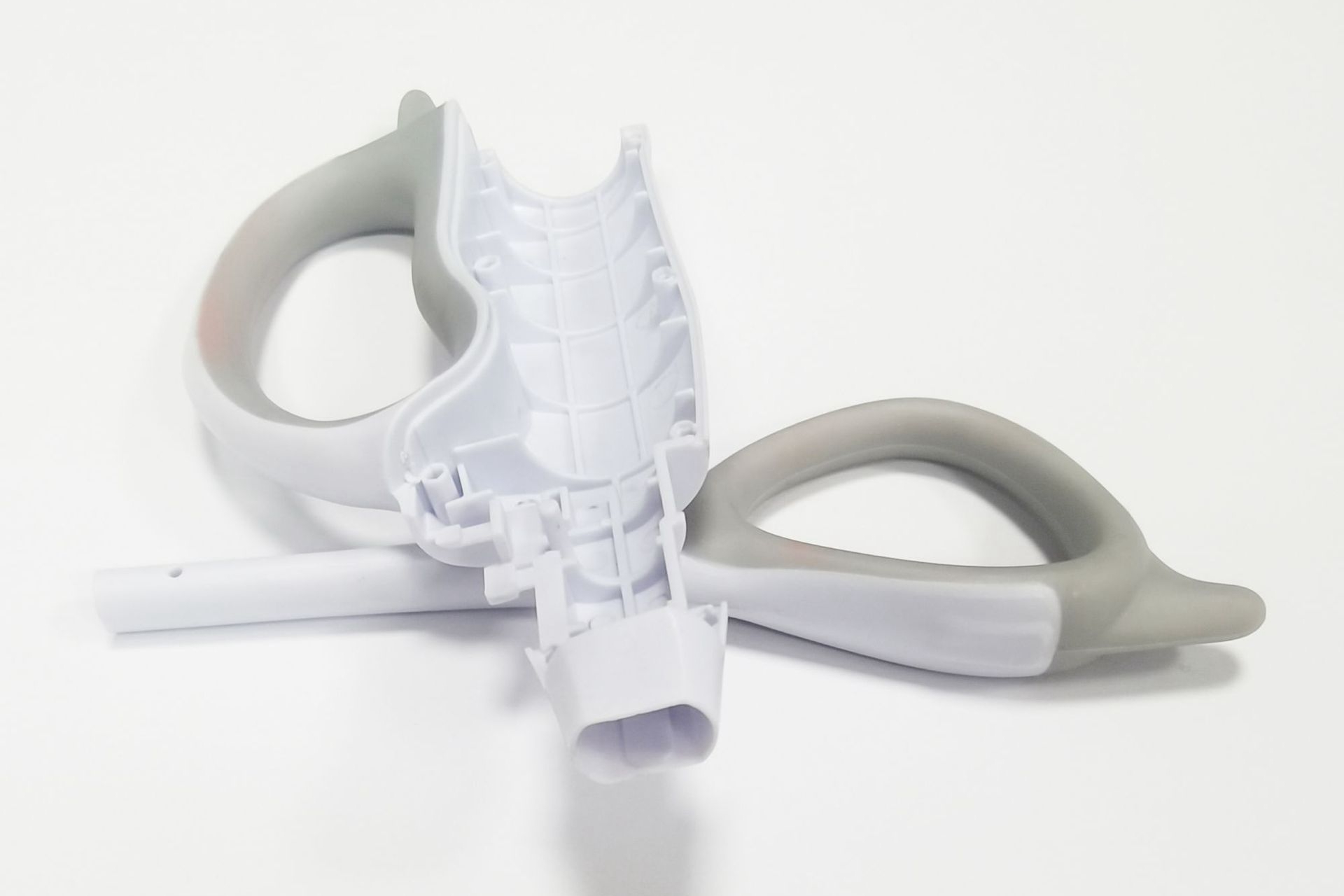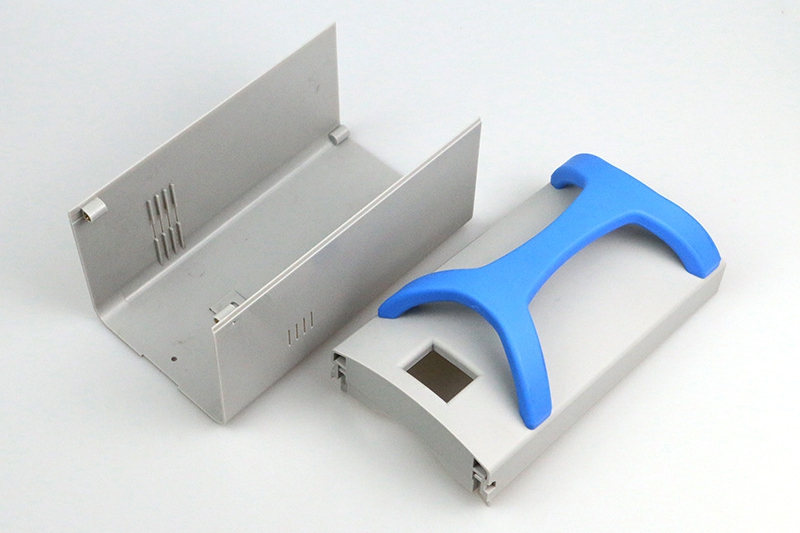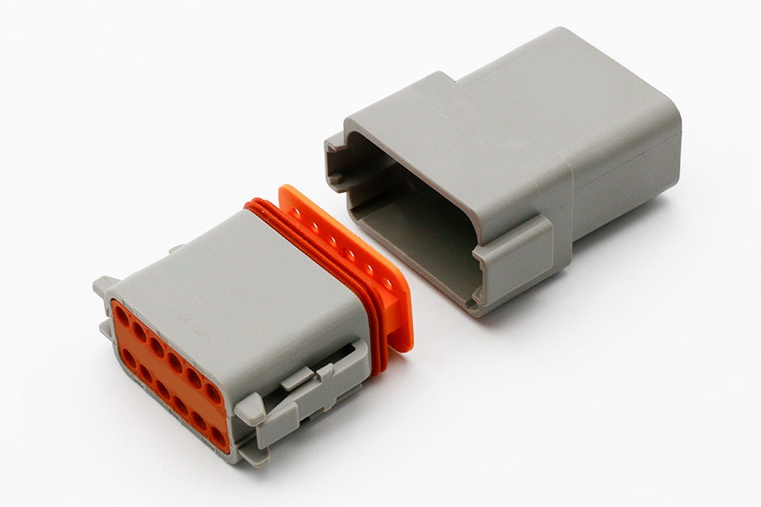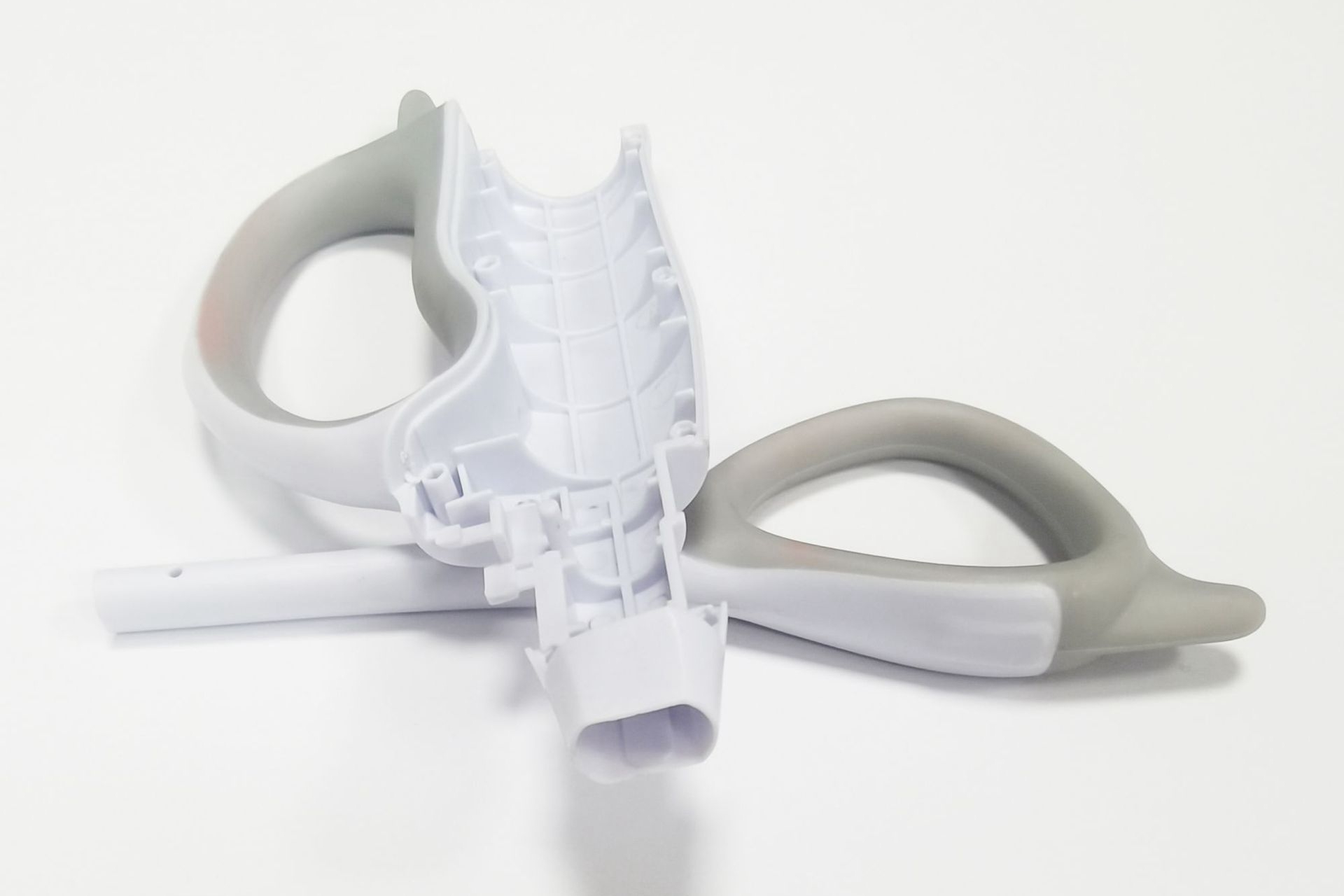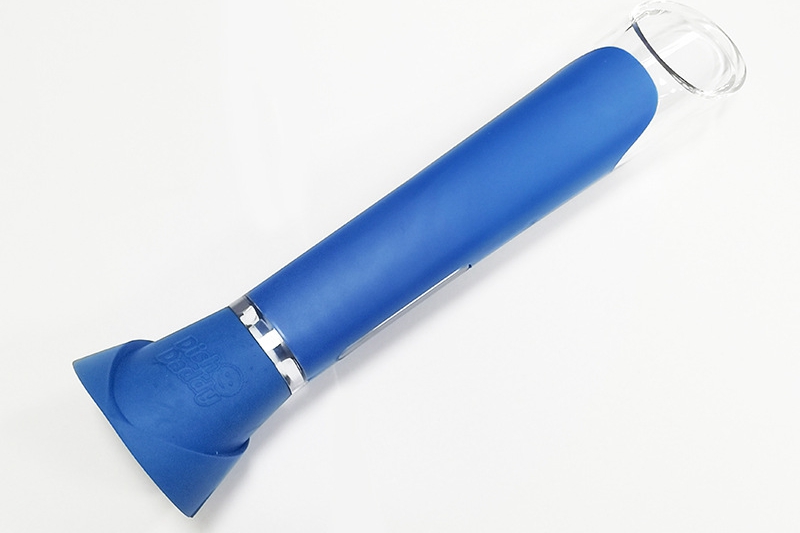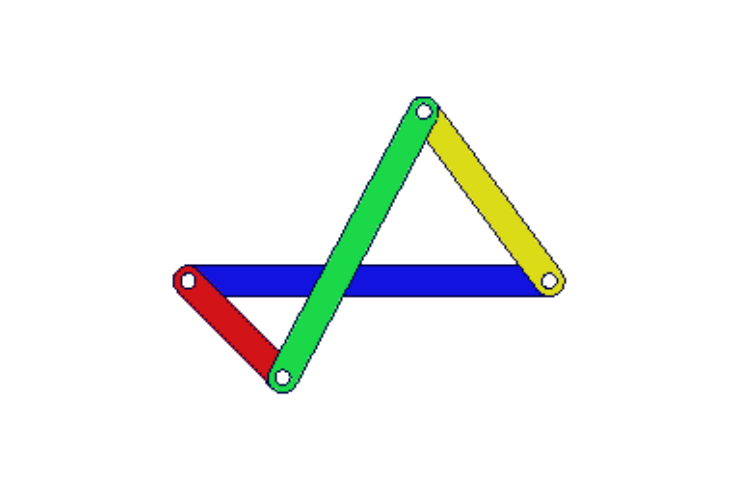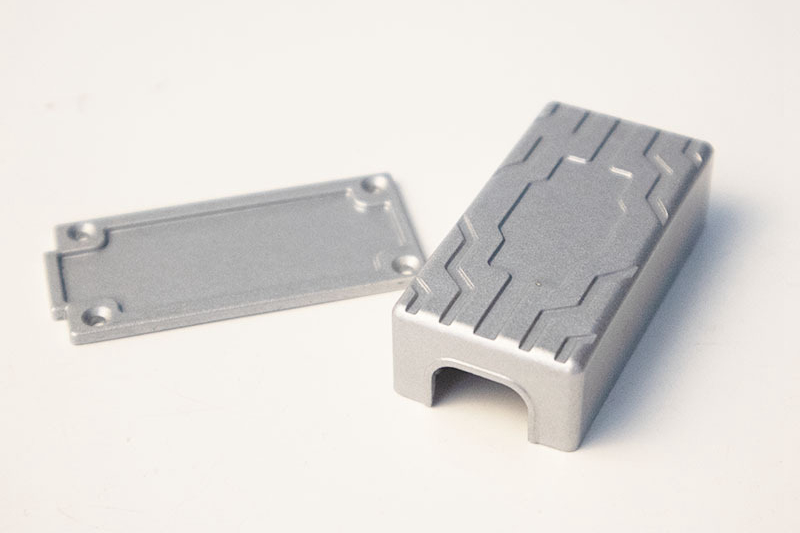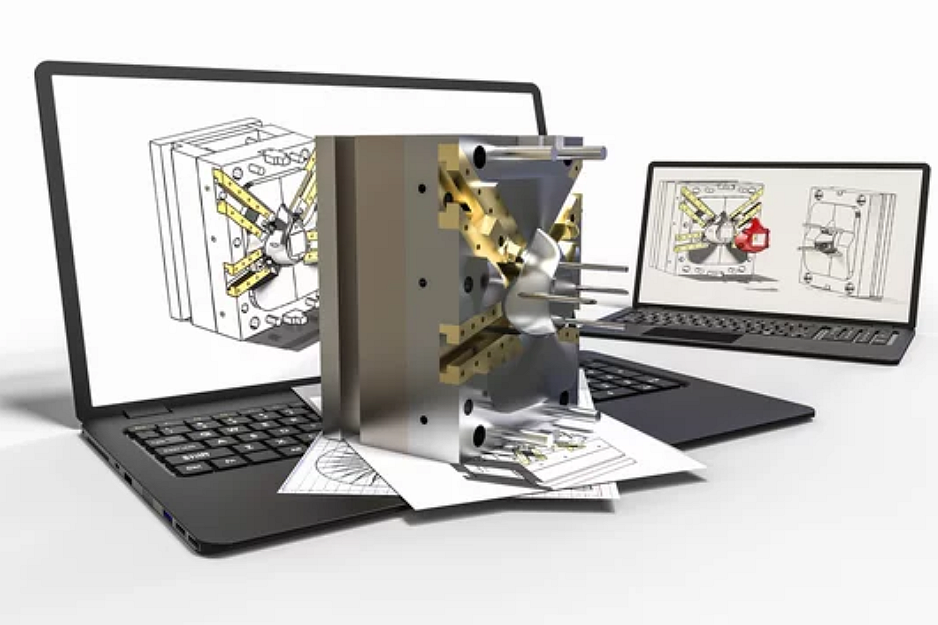Custom Overmolding Process
Overmolding is a two-step process where a plastic or rubber layer is molded over a previously manufactured plastic part, enhancing functionality, protecting the substrate, or providing better comfort.
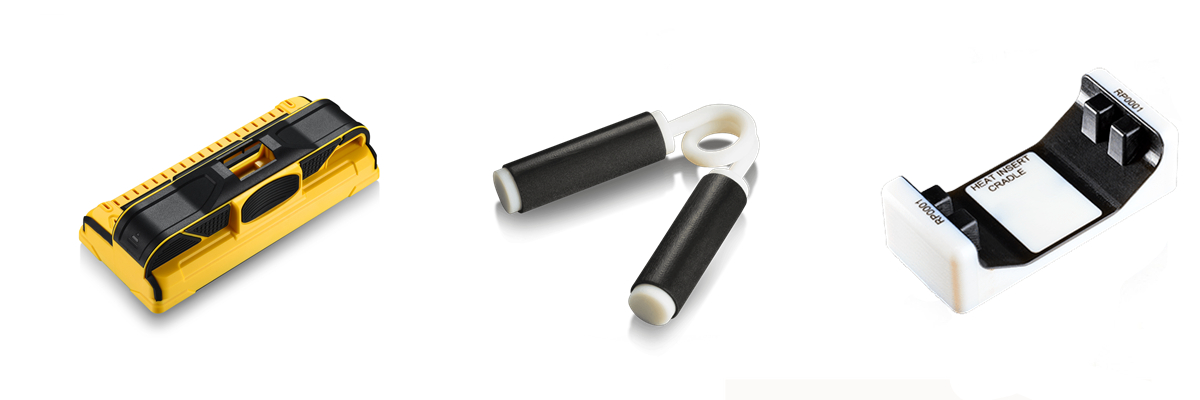
Send us your designs and specifications for a free quotation
All uploaded files are secure and confidential
Advantages of Over Molding Service
Over Molding Service enhances product durability, functionality, and aesthetics while reducing manufacturing costs. It combines materials to create composite parts with improved shock resistance, appealing finishes, and integral features like soft grips, contributing to streamlined production and heightened product performance.
Custom Overmolding Parts Applications
Our custom overmolding process delivers enhanced functionality and ergonomic features. Explore our wide range of overmolded components designed to improve product aesthetics and performance across various industries.
Custom Parts Surface Finishing Available
Our Surface Treatment Service offers specialized finishes for custom parts, enhancing durability, aesthetics, and performance. We provide a range of processes, including Electroplating, Anodizing, Powder Coating, and Thermal Barrier Coatings, tailored to improve corrosion resistance, wear properties, and visual appeal of metal and plastic components across industries.
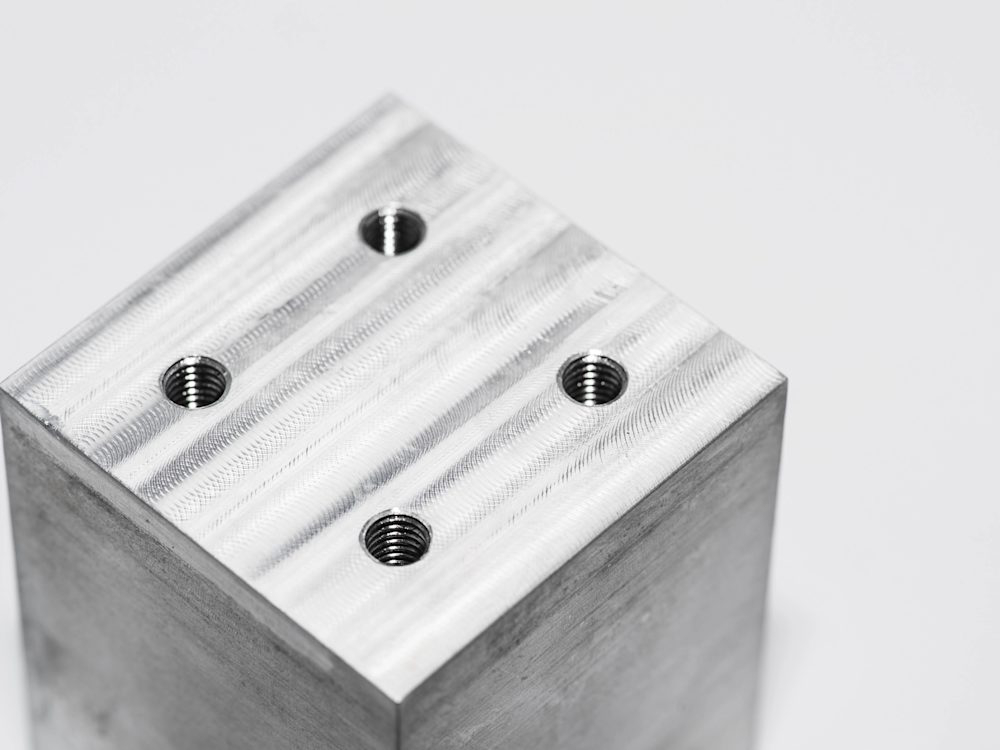
learn more
As Machined
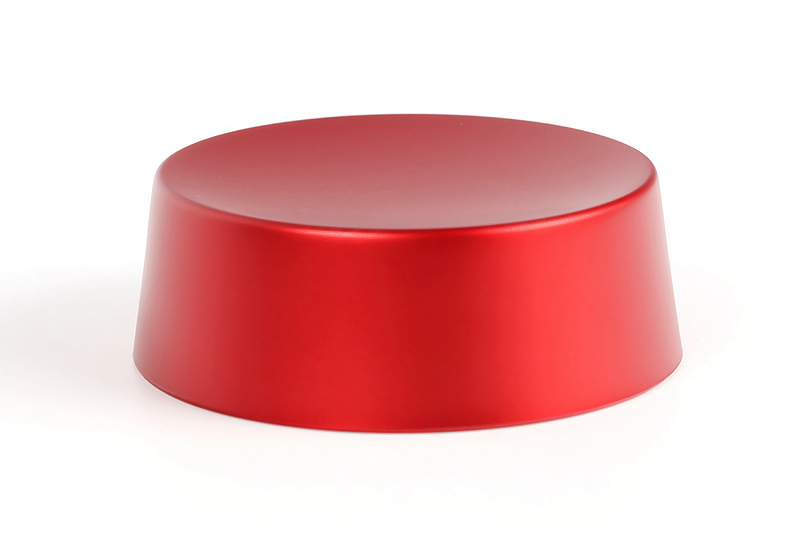
learn more
Painting
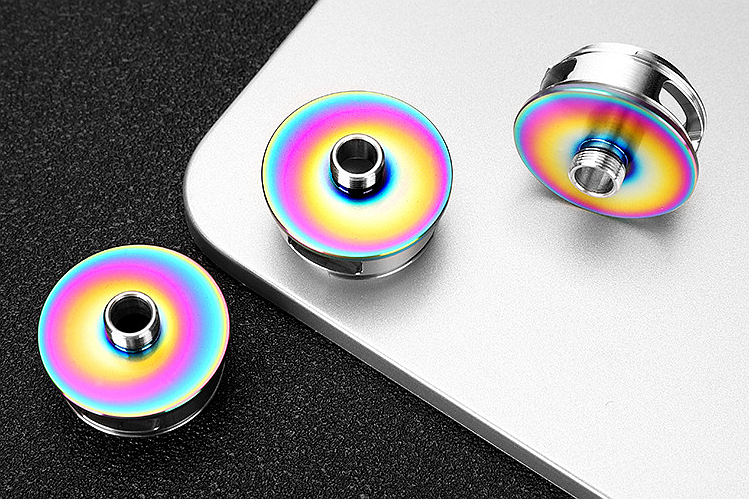
learn more
PVD
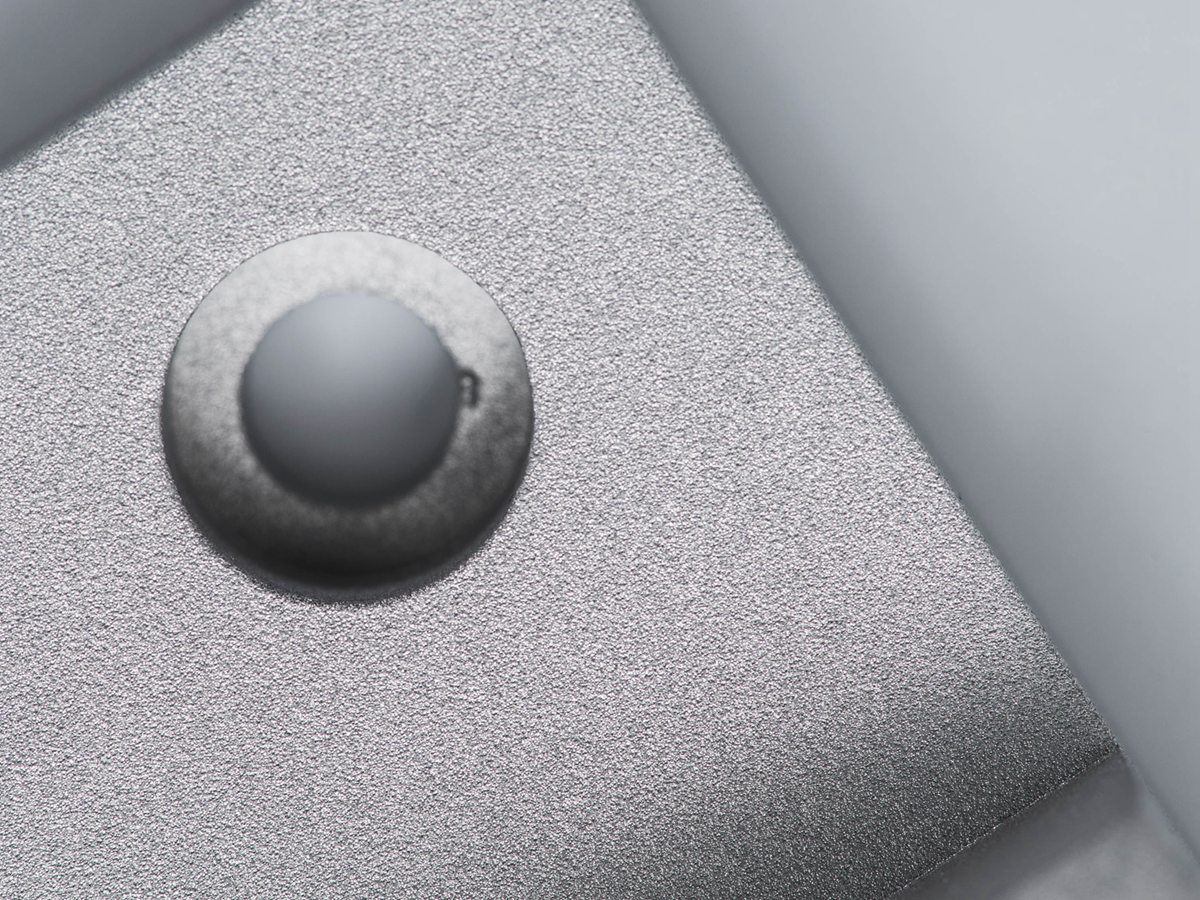
learn more
Sandblasting
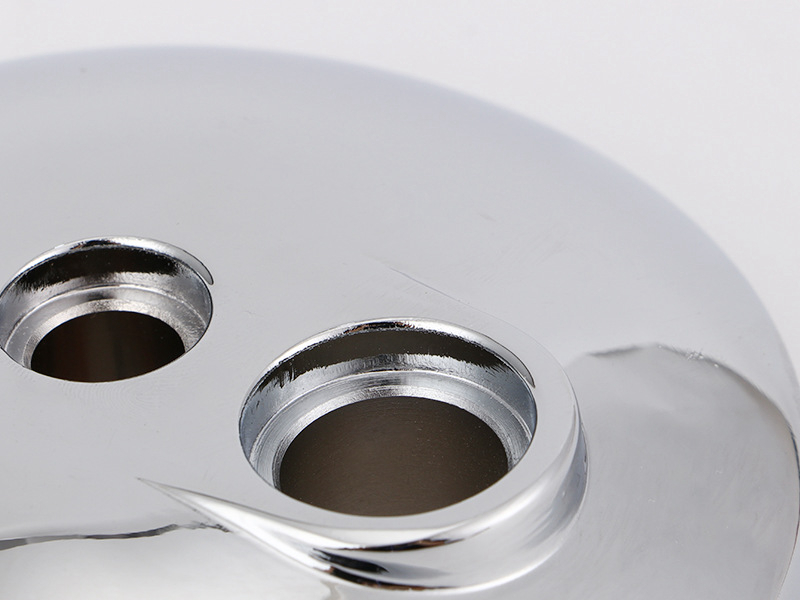
learn more
Electroplating
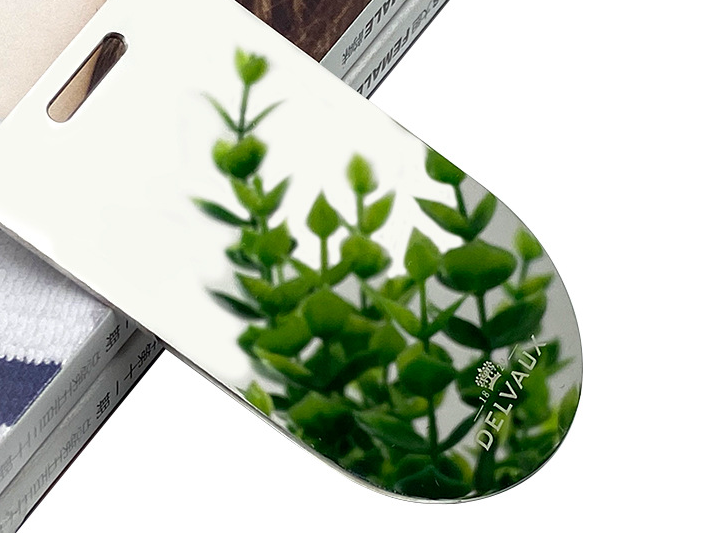
learn more
Polishing
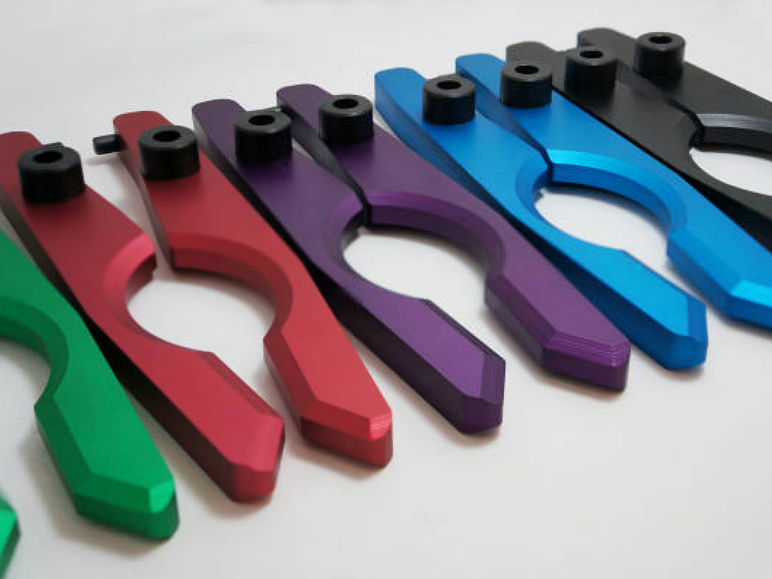
learn more
Anodizing

learn more
Powder Coating

learn more
Electropolishing
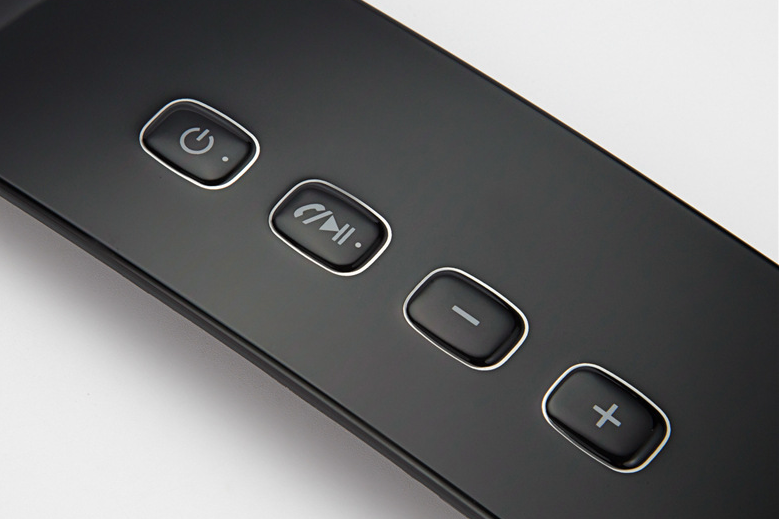
learn more
IMD
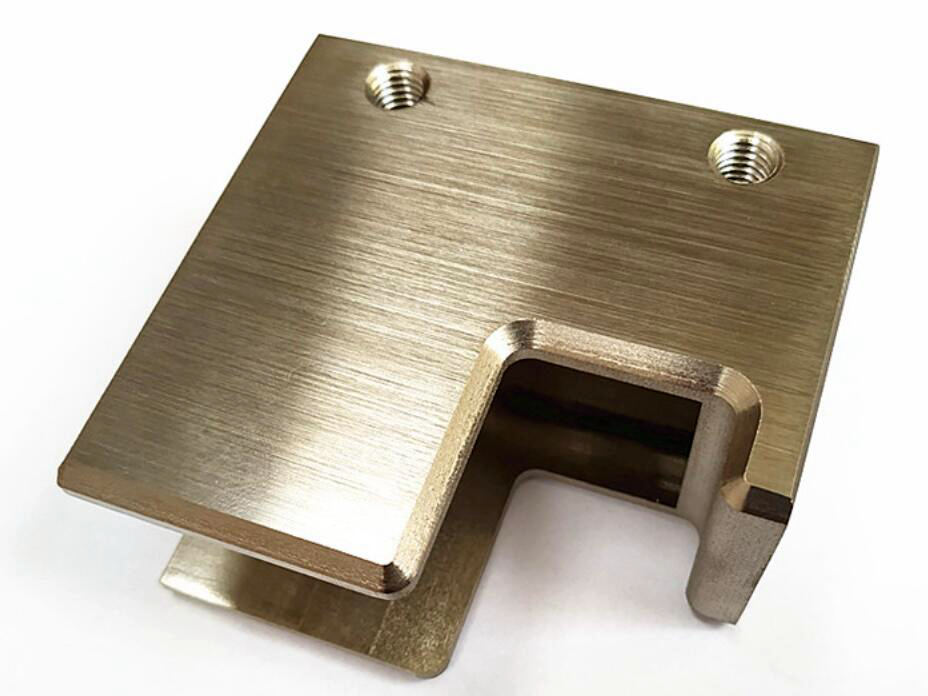
learn more
Brushed Finishes
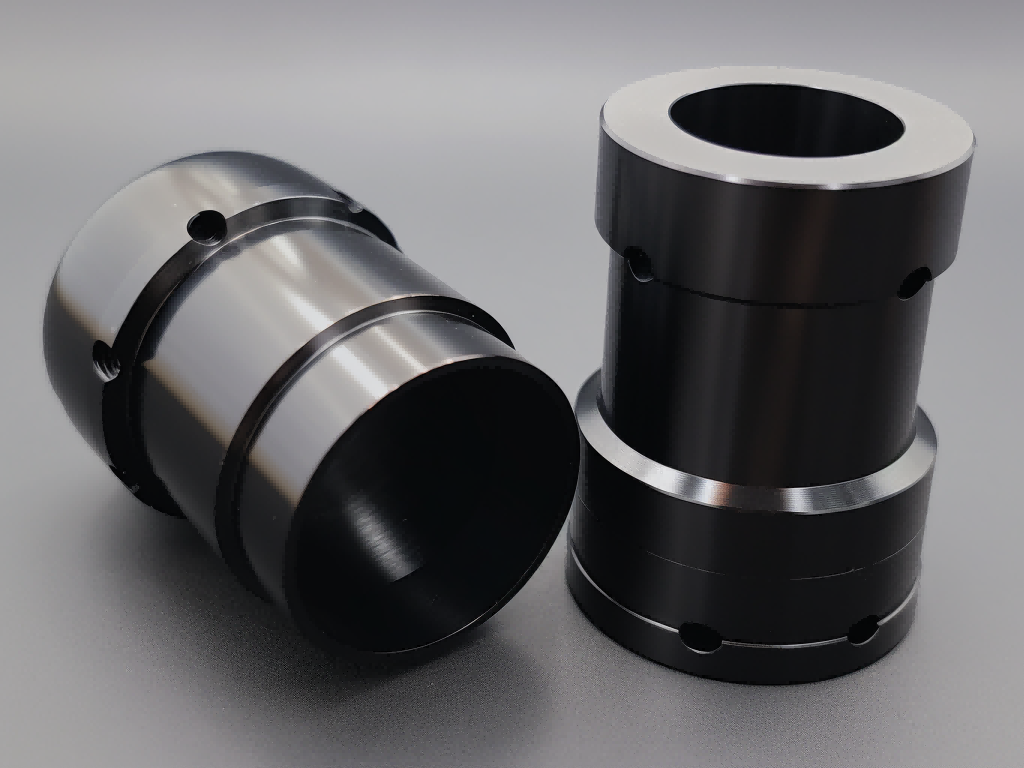
learn more
Black Oxide
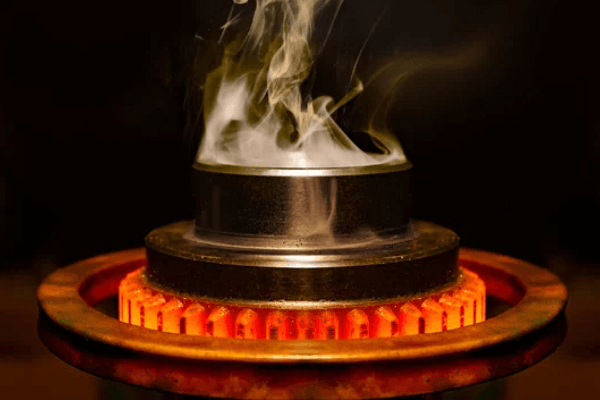
learn more
Heat Treatment
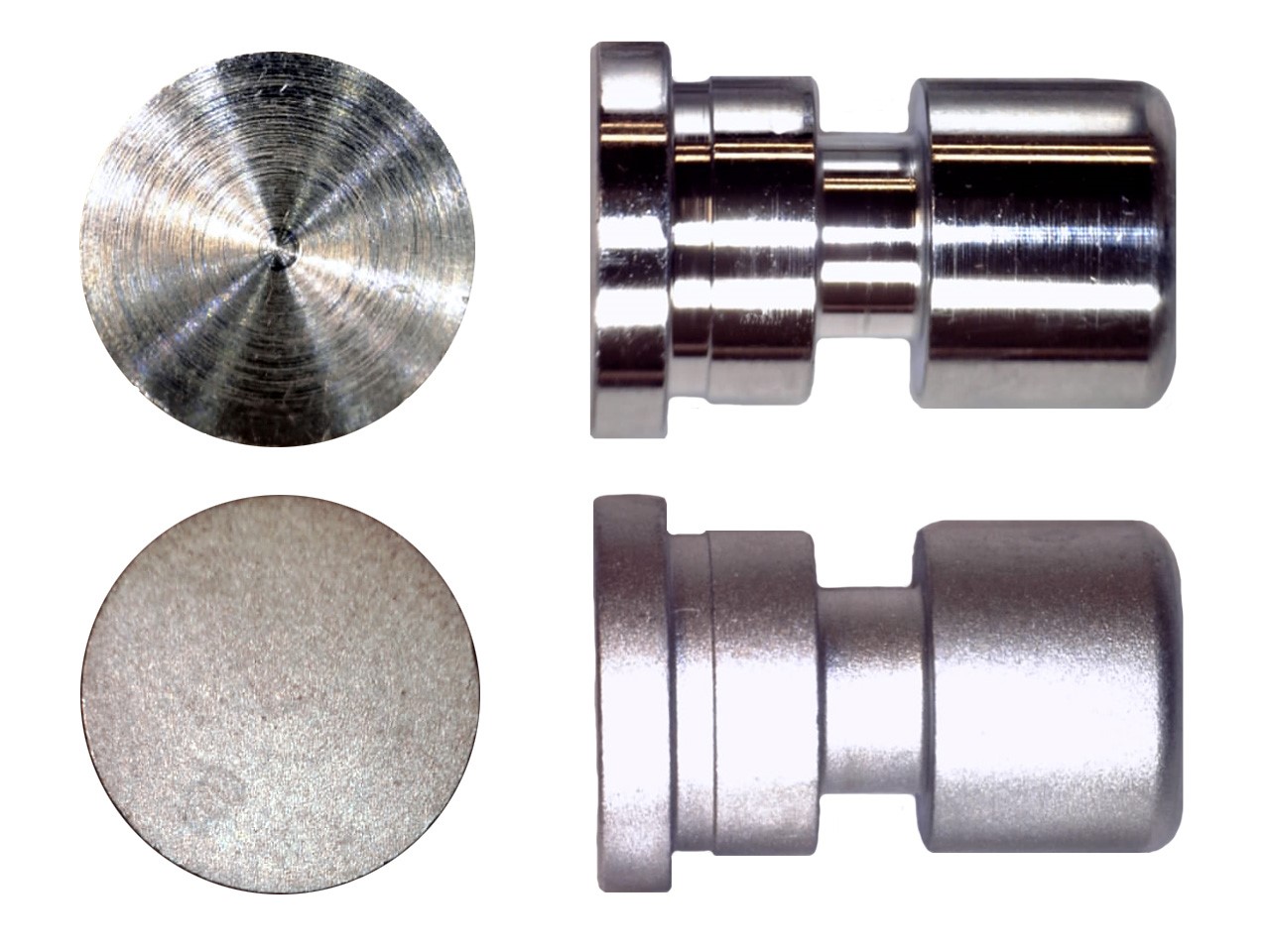
learn more
Tumbling
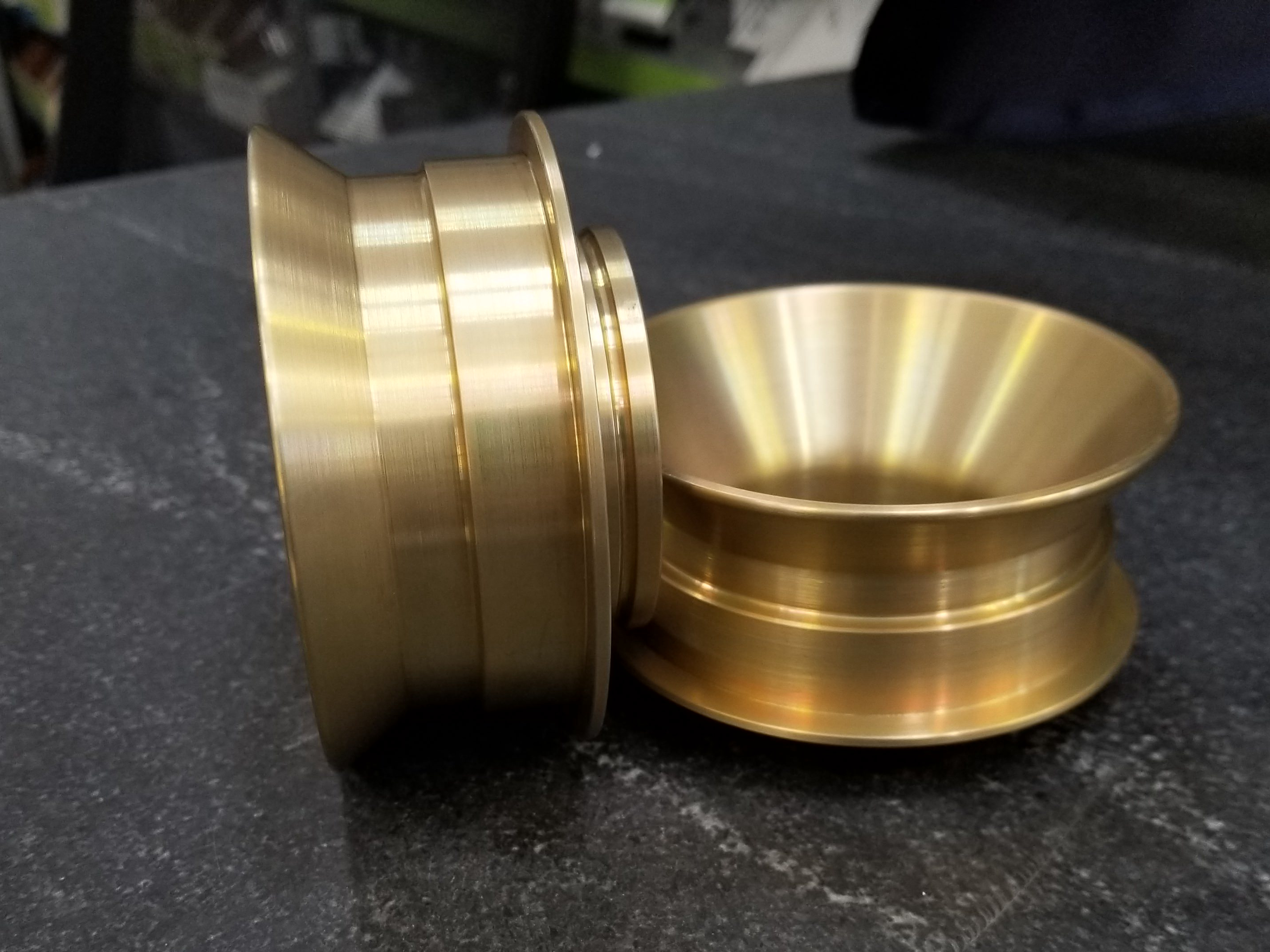
learn more
Alodine
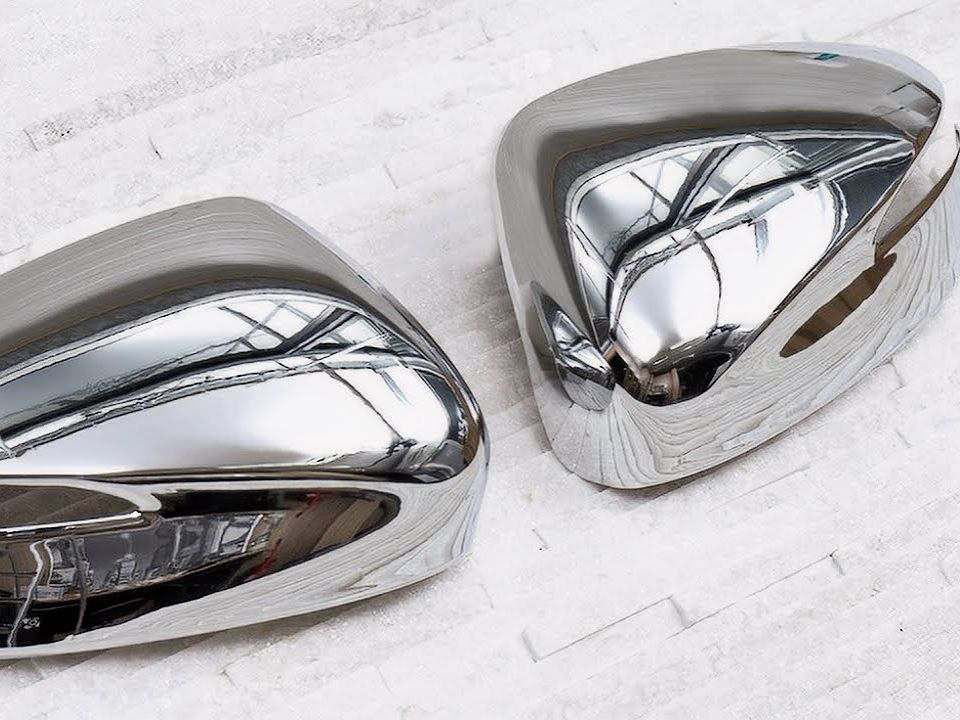
learn more
Chrome Plating
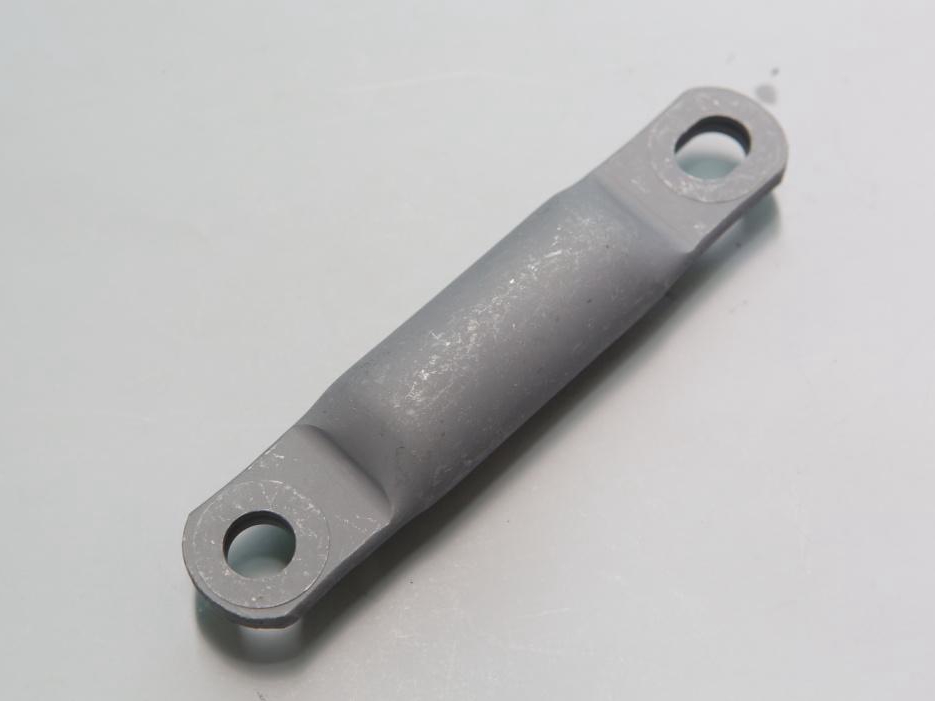
learn more
Phosphating
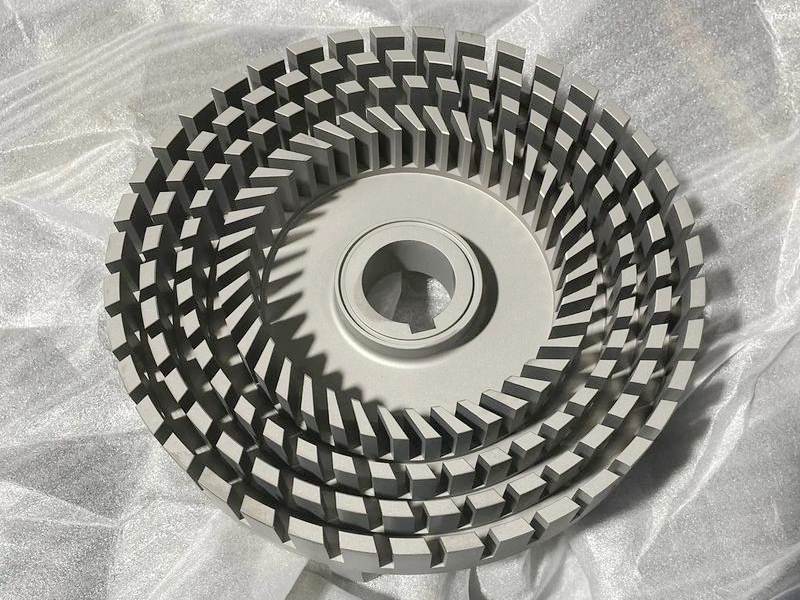
learn more
Nitriding
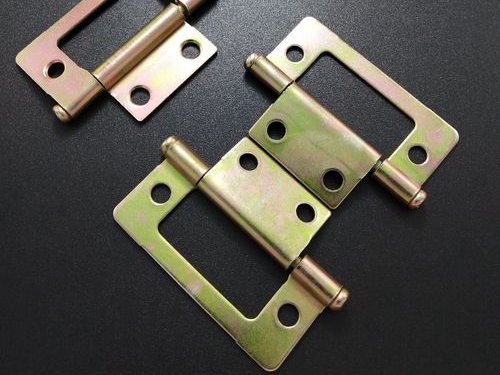
learn more
Galvanizing
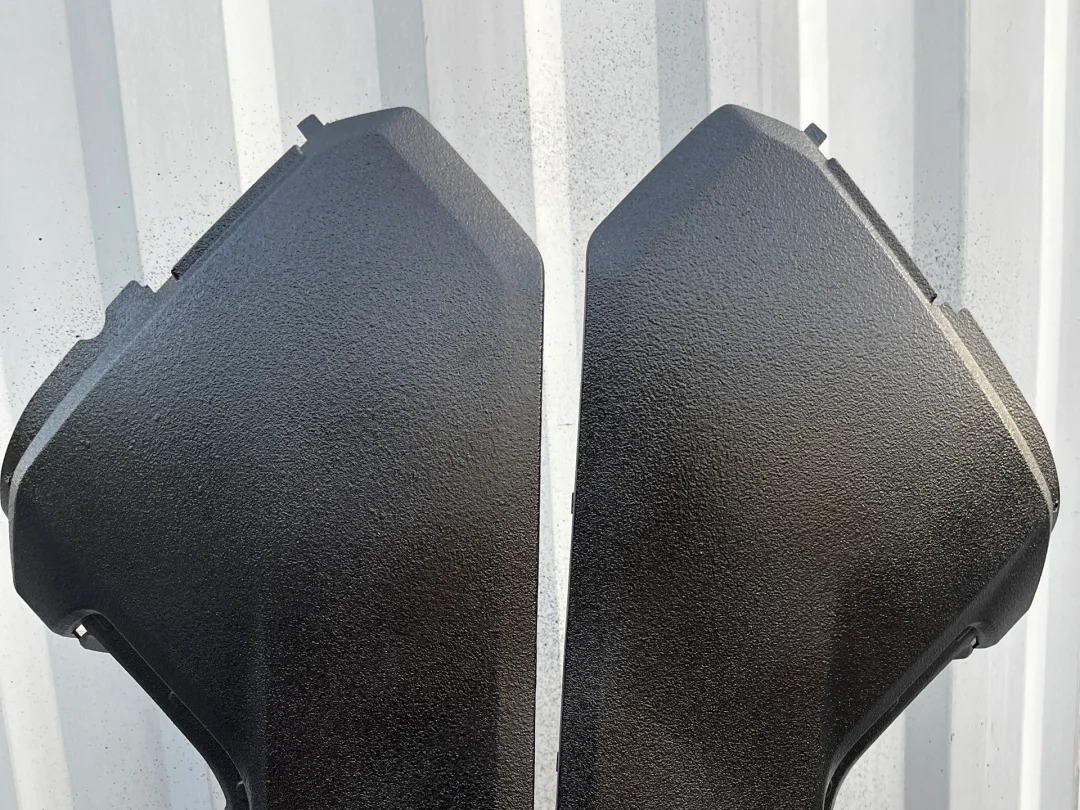
learn more
Lacquer Coating
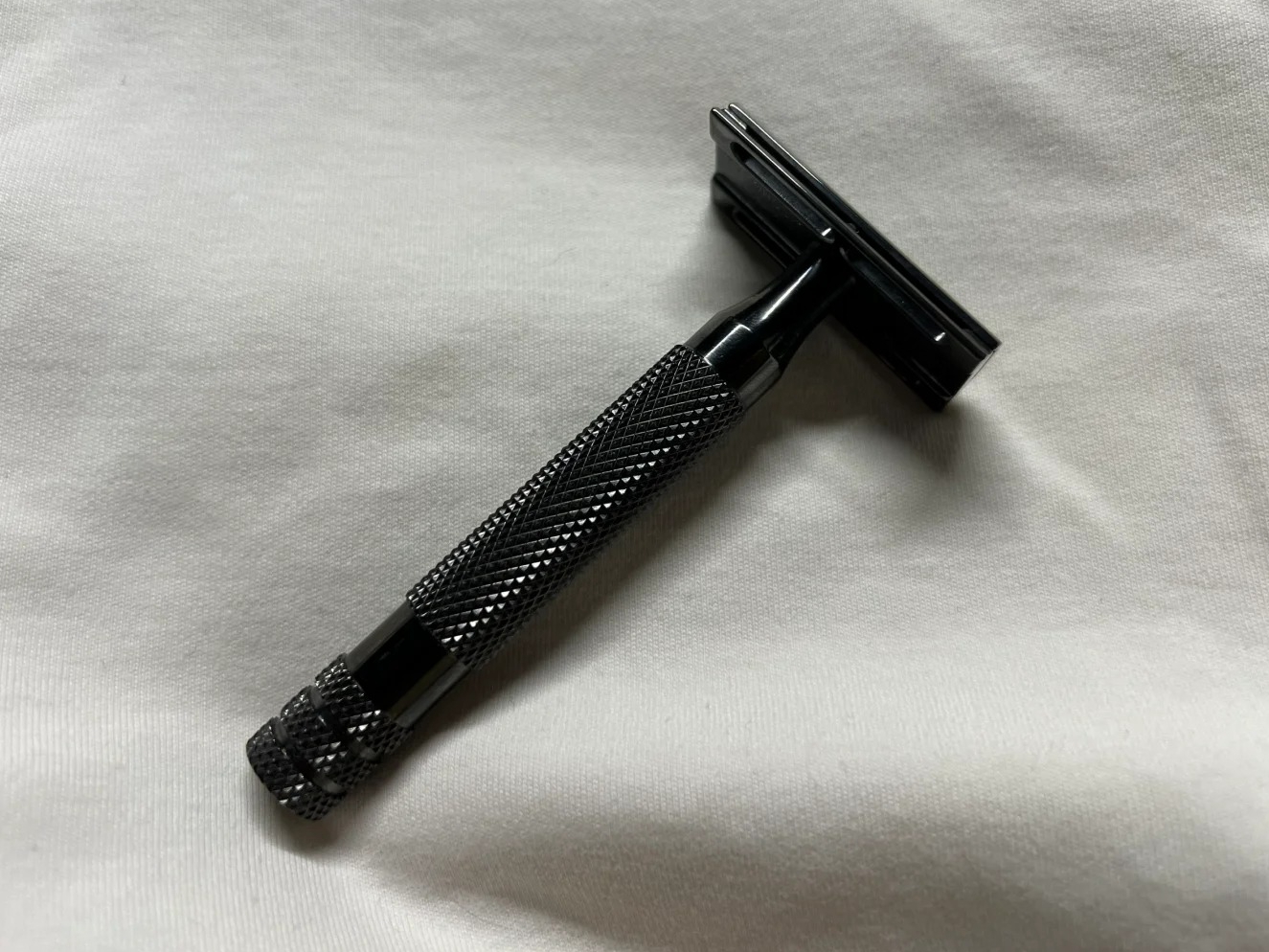
learn more
Teflon Coating
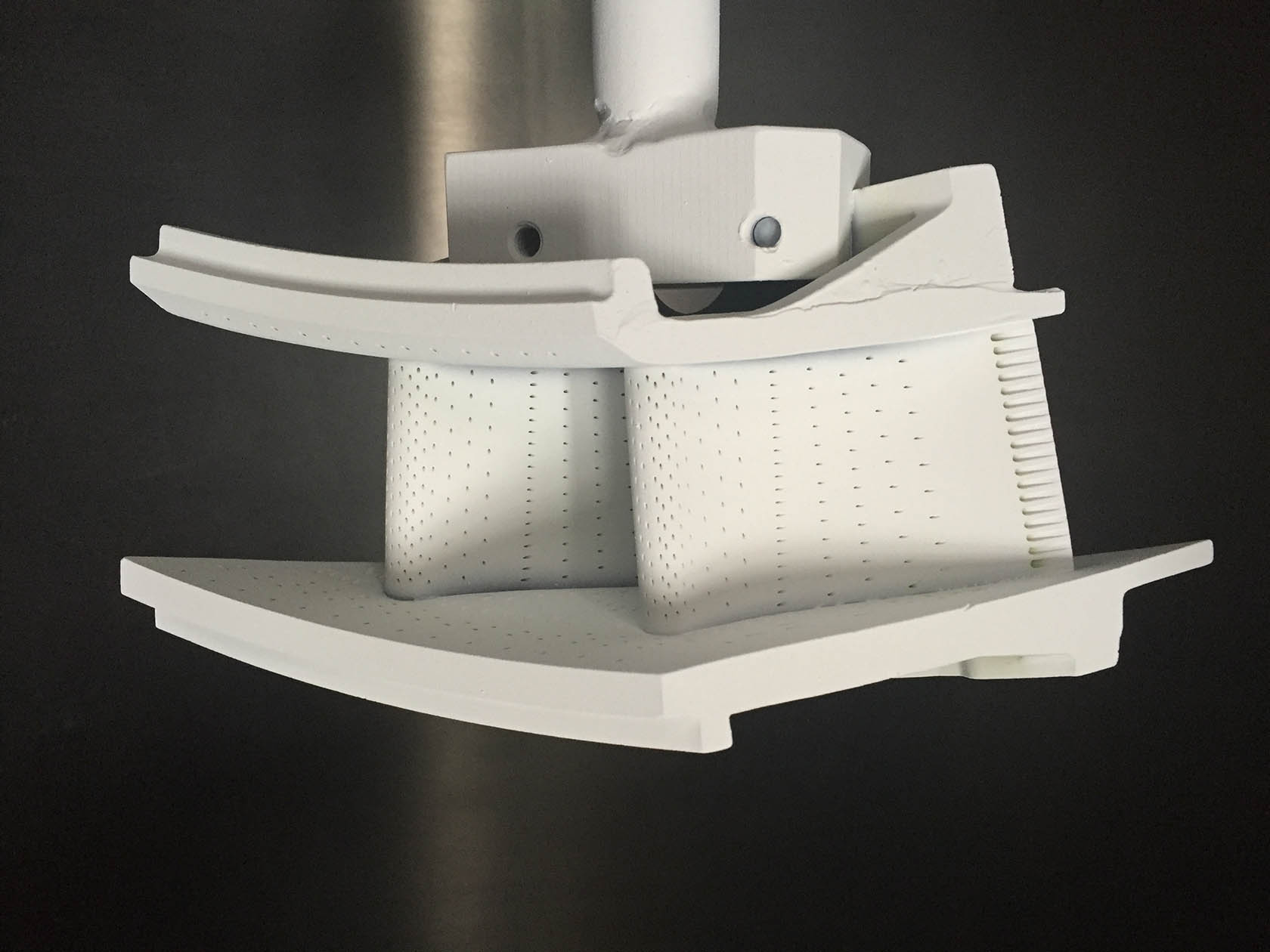
learn more
Thermal Coatings
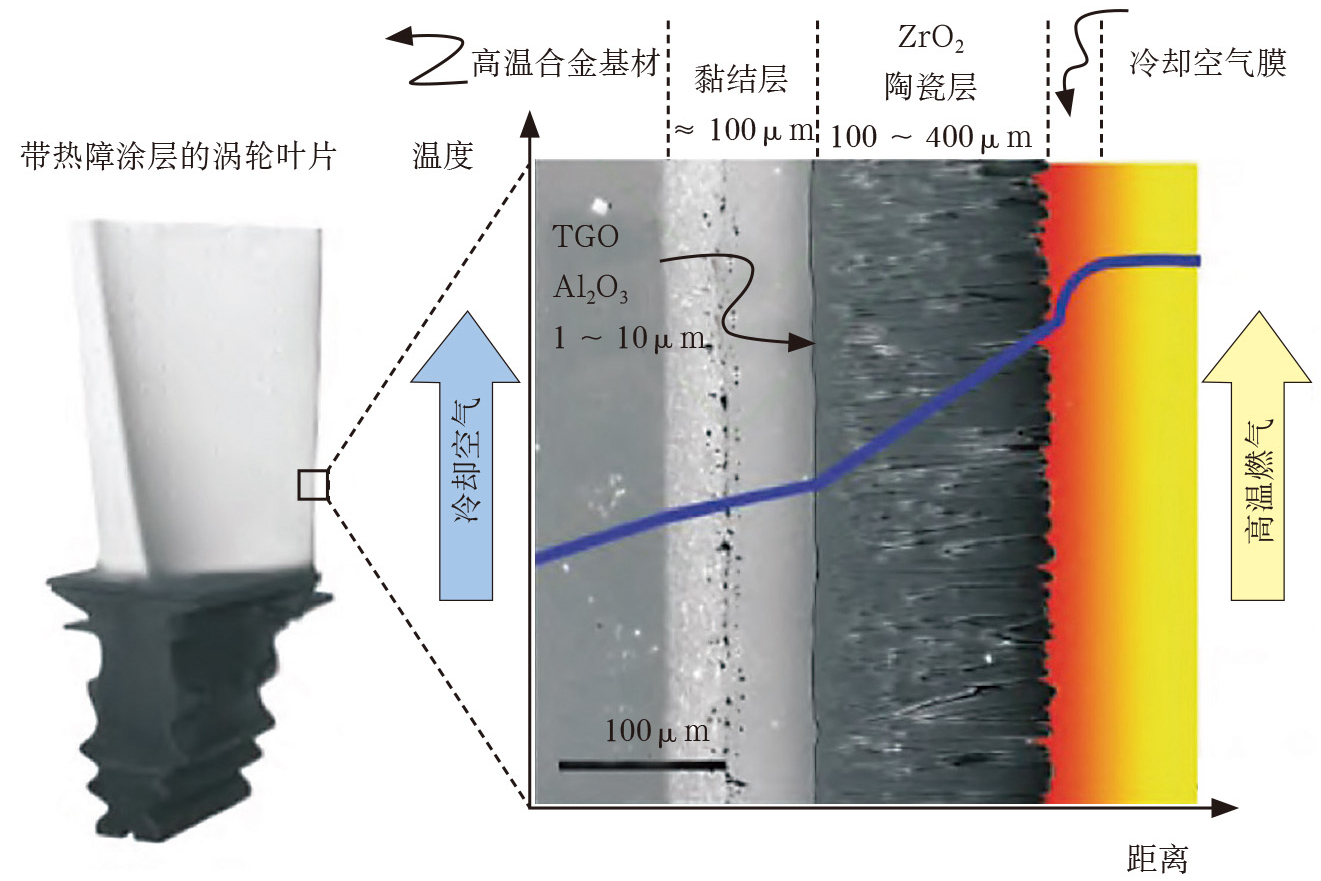
learn more
Thermal Barrier Coatings
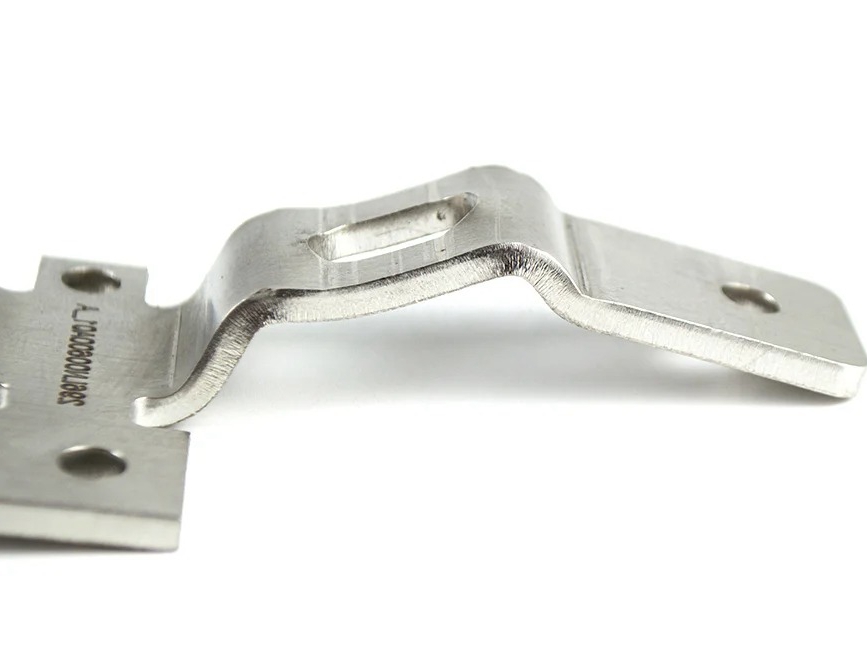
learn more
Passivation
Custom Overmolding Parts Gallery
At our custom overmolding parts gallery, we understand that every project is unique. That's why we work closely with our customers to ensure that their custom parts are designed to meet their exact specifications. With our attention to detail and commitment to quality, you can trust that your custom parts will exceed your expectations.
Let's Start A New Project Today
Custom Overmolding Parts Design Suggestion
Understand the design limits for custom overmolding parts. These guidelines help optimize dimensions, tolerances, overmold thickness, substrate bonding, and production volumes to achieve cost-effective, high-quality overmolded components.
Frequently Asked Questions
Explore Related Resources
Solutions
Copyright © 2025 Neway Precision Works Ltd.All Rights Reserved.
